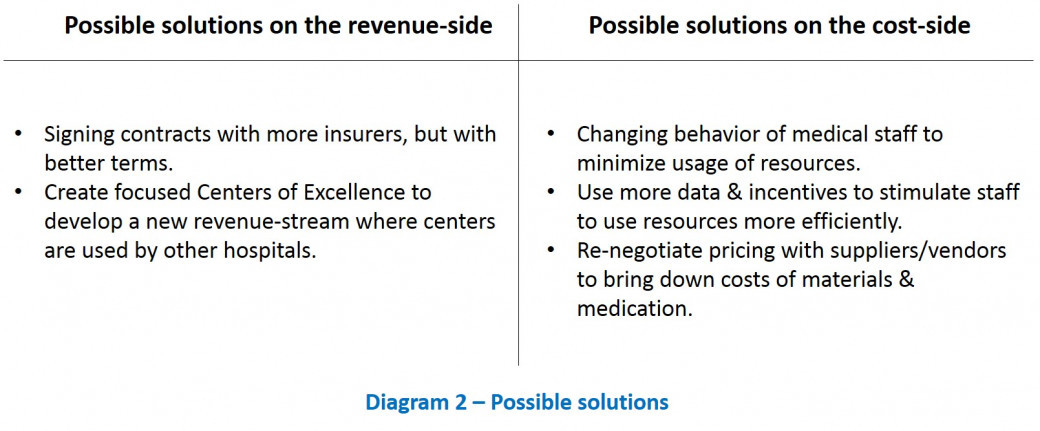Central hospital
14.2k
Times solved
Intermediate
Difficulty
Our client, Central hospital, is a 350-bed hospital based in a medium-sized city. The company has normally seen strong financial results with a 1-4% operating gain each year for the last five years. However, this year they are projecting a $14 m operating loss and the situation is expected to worsen in the future. The CFO expects to be out of cash in 2 years if not resolved.
They hired you to identify the cause of this loss and how they can hit break-even again. However, since they are an important employer, laying off staff is not an option.
Case Comments
14.2k
Times solved
Intermediate
Difficulty
Do you have questions on this case? Ask our community!


